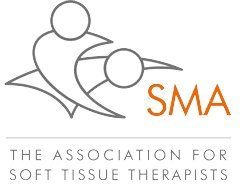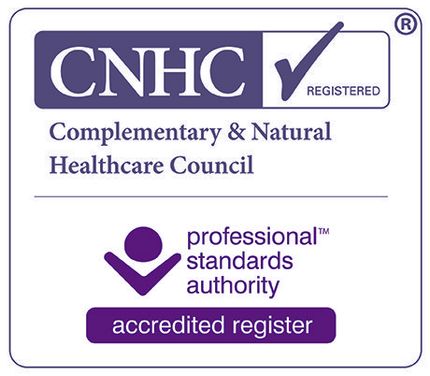Effleurage
Effleurage consists of a large variety of different stroking movements.
It can be applied with both hands alternately or at the same time, or by using one hand only. It may also be applied with the whole hand or just the fingers. The hands must be relaxed and follow the contours of the body.
Effleurage is used to commence the massage and is a useful technique which may:
- warm the skin, subcutaneous and muscle tissue
- increase venous and lymphatic flow, thereby speeding up removal of waste products from an area and supply of nutrients and oxygen to an area
- cause release of endorphins to help relax the person and decrease pain and discomfort
- allow the masseur to assess the body for regions of tension
Effleurage should be carried out in a rhythmical and relaxed manner, starting fairly superficially and building up to a deeper pressure. This technique is also used to finish the massage session and helps to relax the client.
Petrissage
Petrissage is a kneading, compressive technique and may be carried out using the fingers or the whole hand.
This technique influences deeper tissues by causing a compression and then relaxation effect, meaning it:
- warms skin, dermal layers and muscles
- increases venous and lymphatic blood flow (see above)
- causes pressure changes in tissues, thus mimicking those of muscle activity
- offers a deeper massage technique than effleurage
Tapotement (Percussion)
These techniques are brisk movements which include cupping and hacking which provide direct and deflected alternate blows.
Hacking uses the little finger side of the hands in a light repetitive movement with the fingers slightly bent.
Cupping is carried out with the hands "cupped" and produces a hollow sound. Both of these techniques act to stimulate the muscle to contract and relax and thus enhance circulatory flow.
These invigorating techniques are particularly useful for pre-competition work to "wake up" the tissues and produce an invigorating feeling.
Dermal Lifting (Skin Rolling)
Dermal lifting is achieved by lifting the skin and dermal layers away from the muscle and other skeletal structures.
There are many versions of this technique but generally it helps to:
- reduce adhesions between the skin and underlying tissues
- increase circulation, thus warming the affected area
Frictions
Friction is generally applied by rubbing transversely or in a small circular manner across muscle fibres, tendons or ligaments.
The stroke is usually applied in the same direction. Frictions can be applied by thumbs, fingers and knuckles.
The fingers should not glide across the surface of the skin, but should move the skin and the underlying tissues. Frictions are generally used to reduce scar tissue and to mobilise tissue surfaces that are adhered to each other.
This technique may be particularly uncomfortable but is only carried out for a very short length of time.
Details of a session
Prior to the massage session, it is necessary to provide details of your medical history.
There are some medical conditions for which massage is contra-indicated and it may not therefore be possible to carry out the massage.
On occasion, the client's doctor may be contacted for permission to carry out the treatment (with client's consent). Please ensure that you are not on any painkillers as an accurate response from the client to the therapist's pressure is needed.
Clients under 18 need to be accompanied by a parent or guardian who will need to provide accurate medical details.
Other necessary details before a session include:
- Your sport
- Level of sport
- Time spent training
- Future competitions
- Aspirations
- General lifestyle and work details
For both men and women, it is best to wear loose fitting shorts and a T-shirt. You will be draped with towels during the sessions.
A general full body massage may be provided, or specific areas may be concentrated upon depending on the client's requirements, which are generally very sport specific. However, it is often useful for the therapist to carry out a full body massage, as areas of discomfort are often found that the client did not even know existed. This helps to aid in injury prevention as areas can be worked on.
The sessions last one hour each , including time spent discussing medical and other details, and may include active or passive stretches, concluding with suggestions for specific exercises/stretches to be used in future.
You will be advised as to how often you should attend for sports massage therapy. This will be worked out around specific training sessions or competitions as appropriate.




